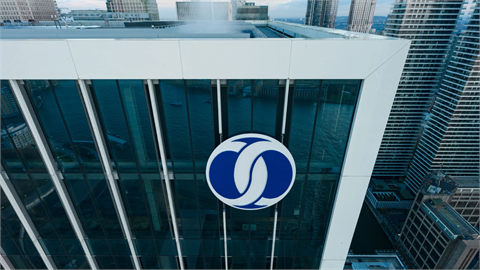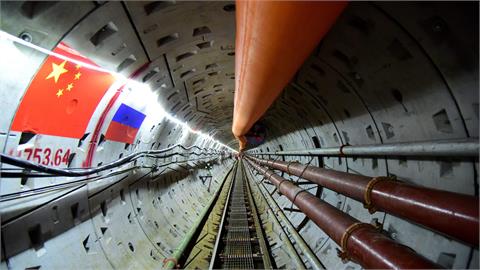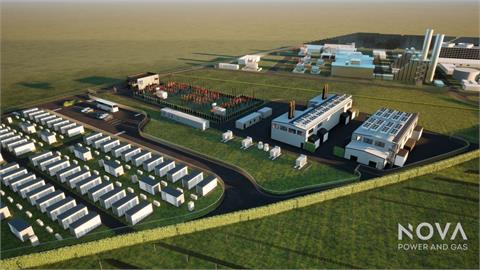Global LNG supply will increase by nearly 40 percent between 2015 and 2020 based on projects already under construction, according to Ratings Agency Standard & Poor’s (S&P) in its latest report.
S&P in its report "The Market For Liquefied Natural Gas: Staying Afloat In A Sea Of Supply" published on April 12, said it does not foresee a material improvement in market conditions or a recovery in spot prices in the coming years.
The agency forecasts LNG supplies will increase from 330 million tons per annum (mtpa) in 2015 to 460 mtpa in 2020.
In the Australian LNG market, the agency predicted exports at 85 mtpa, which could eclipse exports of iron ore in the next few years, depending on commodity prices.
"This is more than the 78 mtpa of liquefaction capacity in Qatar, currently the largest country exporter of LNG," the agency said.
Exports of LNG from the U.S. have just started from the Sabine Pass which the agency says is the first of five export terminals which could ramp up capacity of 70 mtpa or more by 2020.
"The critical point for producers is that most new supply is already contracted," S&P stressed.
"Their uncontracted or deferred cargoes may be exposed to spot LNG prices, but the long-term supply contracts mean the revenues are more closely linked to oil prices or other benchmarks. These are not necessarily linked to the LNG spot index," the report showed.
For the ninth year in a row, Qatar became the largest LNG exporter in the world with 76.8 million tons of LNG in 2014.
The second producing country in the world is Malaysia with 25.1 million tons per year and the third country is Australia with 23.3 million tons.
According to BP Energy Outlook 2035, Asia is the largest destination for LNG, with its share in global LNG demand remaining above 70 percent.
LNG is mostly consumed in Asia as Japan takes the lead with 88.9 million tons of consumption per year while South Korea consumed 38 million tons and China is third with 20 million tons in 2014 while Turkey consumed 5.4 million tons of LNG in 2014, according to the International Gas Union.
(Anadolu Agency)



